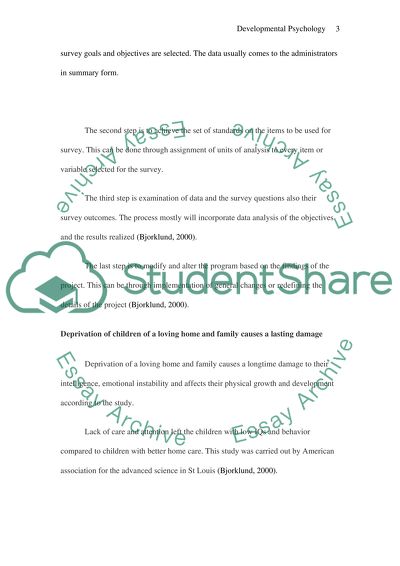Cite this document
(Child Development and Evolutionary Psychology Assignment, n.d.)
Child Development and Evolutionary Psychology Assignment. Retrieved from https://studentshare.org/psychology/1521754-psychology-naturalistic-experiment
Child Development and Evolutionary Psychology Assignment. Retrieved from https://studentshare.org/psychology/1521754-psychology-naturalistic-experiment
(Child Development and Evolutionary Psychology Assignment)
Child Development and Evolutionary Psychology Assignment. https://studentshare.org/psychology/1521754-psychology-naturalistic-experiment.
Child Development and Evolutionary Psychology Assignment. https://studentshare.org/psychology/1521754-psychology-naturalistic-experiment.
“Child Development and Evolutionary Psychology Assignment”. https://studentshare.org/psychology/1521754-psychology-naturalistic-experiment.


